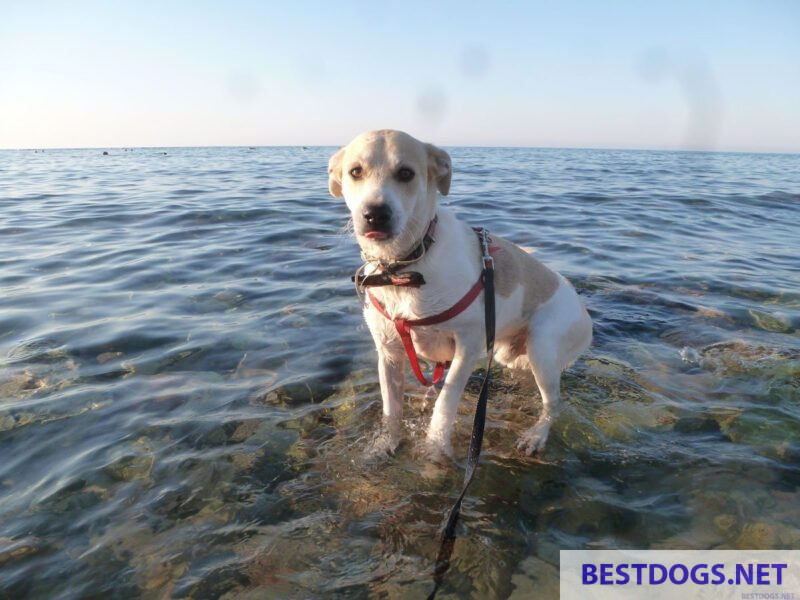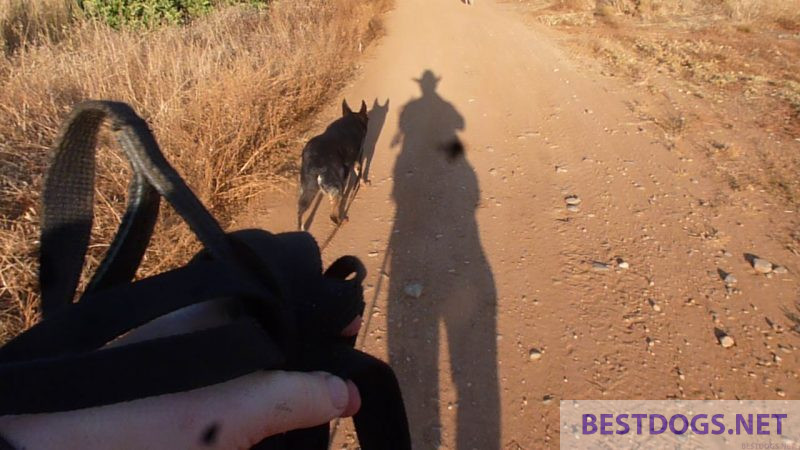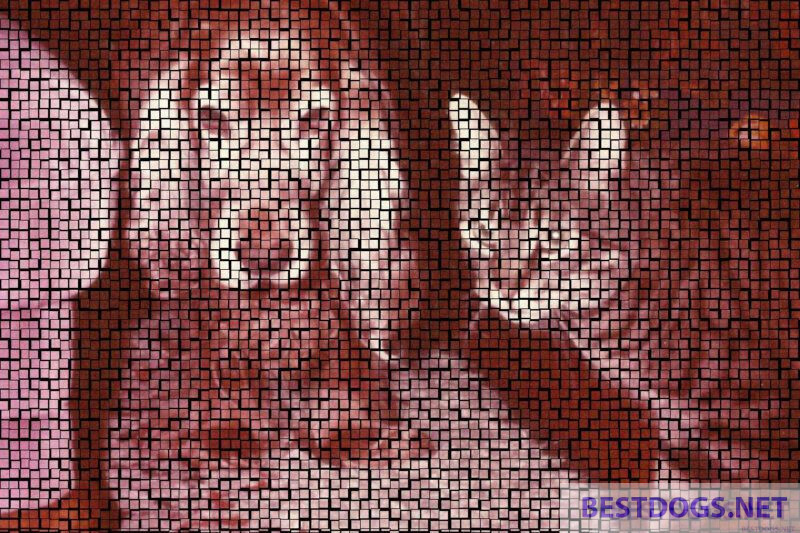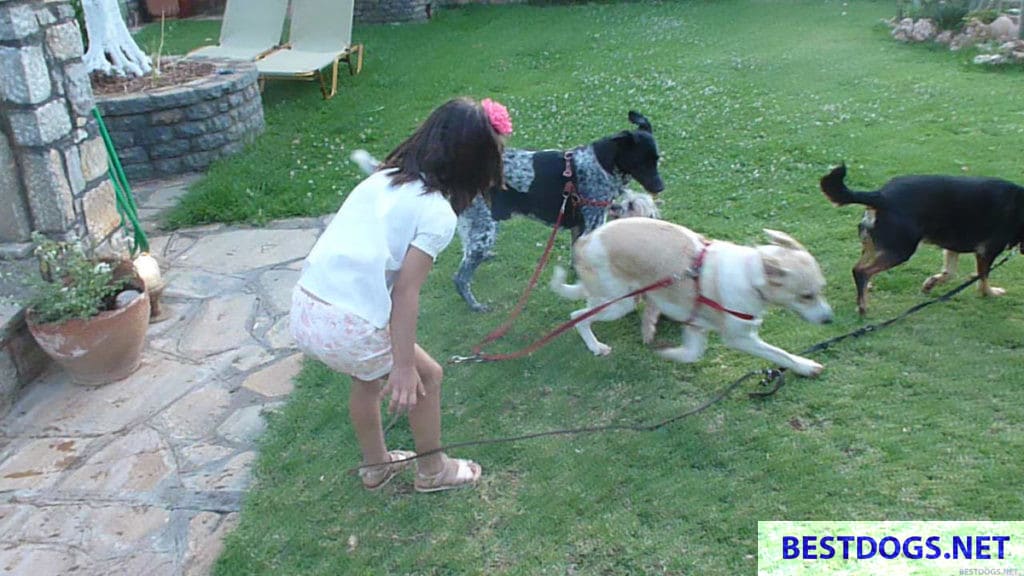The development of puppies through puberty to sexual maturity.
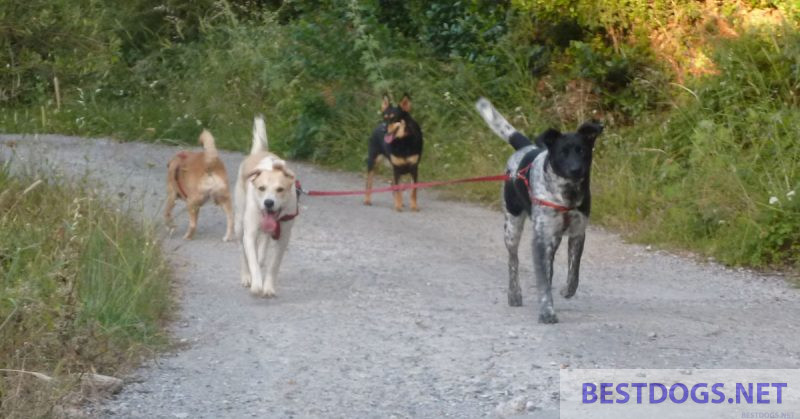

Puberty
Table of Contents
The onset and duration of puberty varies by breed, but averages between nine and eighteen months.
Smaller breeds usually complete puberty at one year, but larger breeds may take another year to reach maturity. To further complicate the issue, there are also individual differences within breeds.
There are some dogs that are relatively immature and their behavior into adulthood resembles that of a puppy. This factor can be very dependent on the personality of the animal. Many Labrador mixes fit this description and can be the most wonderful companions.
As the puppy enters puberty, his hormones prepare him for life as an adult dog.
As a result, he instinctively begins to make decisions for himself in preparation for the time when he will leave his family and go out into the world to live his own life.
Therefore, what happens to the domestic dog at this age is completely confusing for him. He is ready to make his own decisions, and he is preparing to be independent, but he is confronted with a situation that contradicts all this programming.
We continue to mother him, provide him with food and shelter, and boss him around. What is he supposed to do now?
In fact, he does what his body tells him to do: He is preparing for an independent life and beginning to think for himself.
This is the age of the dog when dog schools receive the most calls from owners, and the bulk of Rescue Dogs are at this age, nine to eighteen months.
Although many of the rescue dogs are therefore likely to make a bad impression on potential adopters, they could still be fantastic companions. What they need now is careful, kind, thoughtful and sensitive handling.
Dealing with the growing young dog
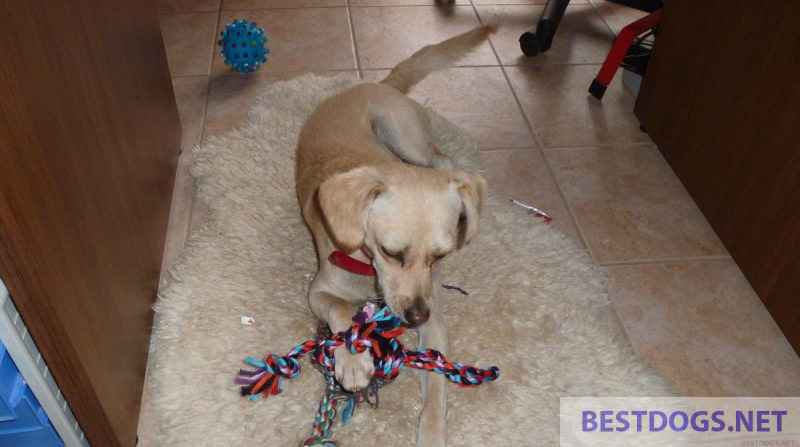
What worries most new dog owners is the noticeable change in their puppy’s behavior during this time.
He may now ignore previously well-learned commands, stop coming when called, or run away when off-leash. Often, distraught owners now believe they have been tricked into adopting a difficult dog, that he is defiant or exerts dominance.
There is a physiological change that affects perception, but the resulting behavior should not be attributed to human motives.
Thus, he does not test his owner because he is a dog and not a student. He does not fight for leadership, because he is a dog and not a politician. Nor does he resist master, he is still a dog and not a wayward student.
It is simply that the little puppy has now become an adolescent and needs a safe, controlled environment in which to learn to become a mature adult dog. At this stage of his life, more and additional exercise sessions and attention are needed to give his developing mental and physical abilities an outlet.
Behavioral and physical changes
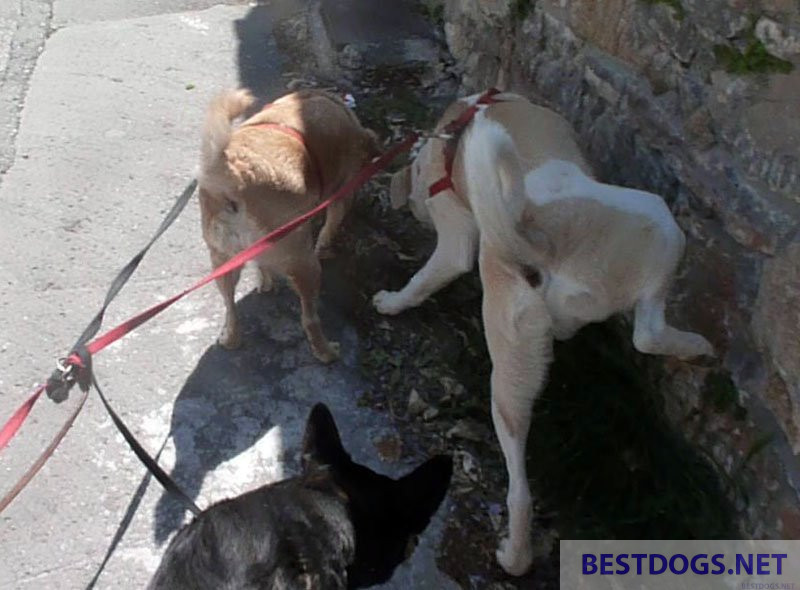
The body of a healthy adolescent male dog produces testosterone at a rate several times that of an adult dog. As a result, some male-oriented behaviors may become more extreme at this stage of life. Some dogs begin to react more defensively toward other dogs, while others become protective and territorial.
Occasional lapses or even a complete loss of attention may occur due to raging hormonal currents.
Benebone Wishbone Durable Dog Chew Toy for Aggressive Chewers, Real Bacon, Made in USA, Medium
$9.50 (as of April 24, 2024 09:05 GMT +03:00 - More infoProduct prices and availability are accurate as of the date/time indicated and are subject to change. Any price and availability information displayed on [relevant Amazon Site(s), as applicable] at the time of purchase will apply to the purchase of this product.)Blue Buffalo Health Bars Natural Crunchy Dog Treats Biscuits, Apple & Yogurt 16-oz Bag
$4.98 (as of April 24, 2024 09:05 GMT +03:00 - More infoProduct prices and availability are accurate as of the date/time indicated and are subject to change. Any price and availability information displayed on [relevant Amazon Site(s), as applicable] at the time of purchase will apply to the purchase of this product.)Advantage II Large Cat Vet-Recommended Flea Treatment & Prevention | Cats Over 9 lbs. | 6-Month Supply
$68.98 (as of April 24, 2024 09:05 GMT +03:00 - More infoProduct prices and availability are accurate as of the date/time indicated and are subject to change. Any price and availability information displayed on [relevant Amazon Site(s), as applicable] at the time of purchase will apply to the purchase of this product.)As the puppy becomes sexually mature, male dogs begin to lift their leg to urinate. Dogs of both sexes may begin to urinate in the house, and healthy specimens will begin to mark their territory with urine.
This is often accompanied by an increase in sniffing behavior, and any tree becomes a fascination.
Males often try to taste the urine of females to determine if the female is in heat or not.
The female has her first season at six to twelve months of age and if she does not become pregnant, false pregnancies may occur.
At about six to ten months, tooth formation begins in the jaw and adult dog teeth grow in. This means that it is likely to be uncomfortable in the jaw for the dog.
Puppy fur is replaced by adult dog fur. This process starts from the spine.
The behavior of the dog may change to that, and becomes more typical of that of a puppy.
The key to success
If you have raised the puppy from a young age, you have usually already taken a number of steps to deal with his wandering attention. It should be avoided to assume that he is being ‘naughty’ and committing actions out of frustration or anger that may be destructive to the relationship going forward.
Rather, puberty should be viewed as a period of ‘relearning’ so that any command he seems to have forgotten, he is taught again using the same method as in puppyhood.
If an ‘adolescent’ has been adopted from a placement agency or shelter, you must be very patient and train him as if he had never received any training before.
The golden rules
The golden rules at this stage of his training are:
- Making sure the young dog gets something out of each training session: a praise, a reward, or fun.
- The exercise should be presented as a fun action.
- Rewarding successes with the favorite toy and treats.
- Be patient; because getting angry doesn’t help anyone.
- Training sessions should be short and limited to a maximum of fifteen minutes.
Helpful strategies
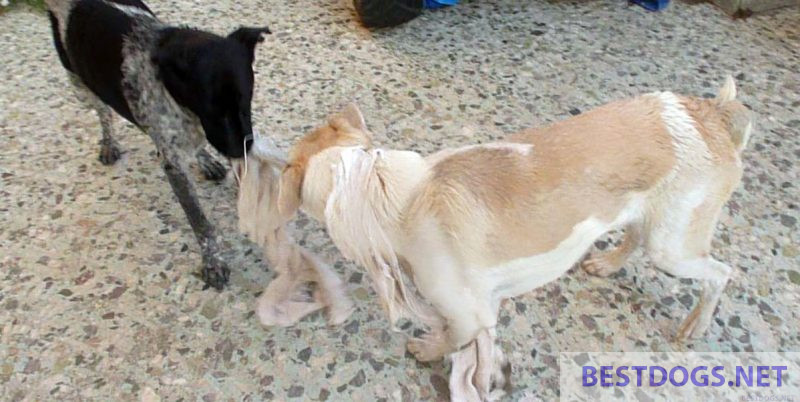
Activities such as walking, running off-leash, and mental exercise such as training and fun games help meet the dog’s mental and physical needs.
This is very important to combat boredom and stress and help the dog focus when needed.
Taking the dog to dog school or training with other dog owners can be beneficial for several reasons. First, the owner is given a clear structure to work with the dog by and their expectations are set in realistic ways.
These experiences help acclimate the dog to other dogs and people. They provide an opportunity for over-learning, which is important for habituation and socialization.
There are also many dog clubs and events that you can participate in with your dog. These can be entertaining fun for both the owner and the dog. In addition, such activities are a great way to exercise the dog both mentally and physically and to satisfy its needs.
Spaying or neutering dogs at a relatively young age of six to ten months can also alter some of the behaviors associated with puberty and adulthood.
Puppy chewing behavior
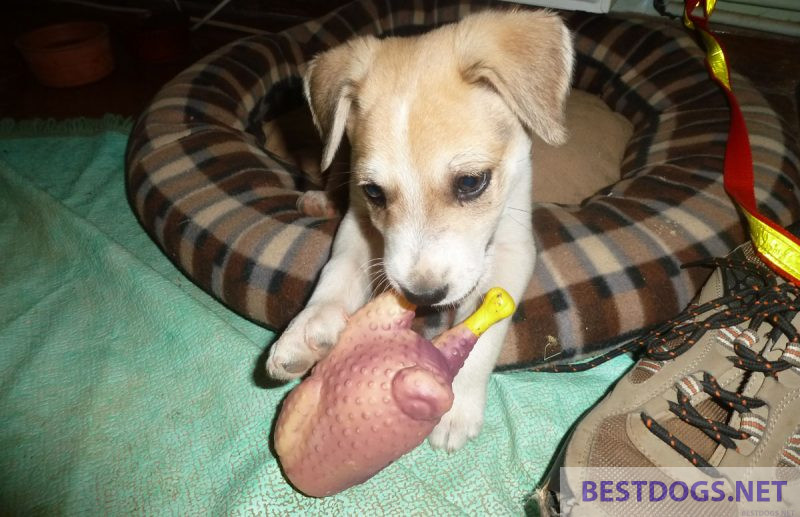
Typical puppy behaviors include the use of teeth in ‘mouthing’ and biting, as well as chewing. The mouthing or biting must be monitored, controlled and if possible ‘redirected’ into other behaviors.
Chewing, on the other hand, is essential to the puppy’s development. Between four and eight months, the puppy loses its baby teeth and its permanent teeth begin to grow, which is uncomfortable for it and greatly increases its urge to chew. Chewing also helps align the teeth properly along the jawbone.
The need to chew is so intense for the dog in this process that he will chew on any available object. These objects may be special toys purchased for this purpose or the owner’s personal belongings, furniture or doors.
While it is annoying when the latter objects are chewed on or damaged, it should also be remembered that they were not designed for a dog’s powerful jaws and splinters of harmful materials can easily end up in the dog’s stomach, causing a lot of pain and potentially expensive vet bills.
In order to avoid such inconveniences or accidents, some precautions must be taken, if only out of common sense:
- A varied and abundant supply of toys and especially chew toys.
- Areas where the puppy spends time should be free of inappropriate items such as shoes, children’s toys and papers.
- Ensure that the puppy is in a secured area where there is nothing that he can otherwise chew on when unsupervised.
If the puppy chews on something inappropriate, you should try to make him aware of it without yelling at him or admonishing him. If it is a small and movable object, such as a shoe, it is always best to replace the object with something else, giving him a toy or a treat for it.
If the object the puppy is chewing on cannot be moved, such as a table leg, apply the same principle and offer an alternative object to chew on.
Chewing is such a natural behavior that it is important to always remember that the puppy is not being naughty if he prefers a shoe to his toy.
Since puppies like to chew and chew up many objects in the house and yard, it is important to keep dangerous objects out of their reach and make sure he has ‘safe’ toys to play with that are the right size for him, even when unsupervised.
Toys that are too small can be easily swallowed, which can be life-threatening. If you see or suspect that your puppy has eaten something that could harm him or cause a blockage, it is important to take him to the vet. The veterinarian may be able to induce vomiting or get the object out of the stomach without surgery, but the longer the time since ingestion, the less likely this possibility becomes.
Puppies are like children, they want to touch and explore everything. Therefore, an important rule is to remove or secure anything that could break or choke, poison, strangle or trap him.
This includes toys with strings, curtains, electrical cords, open cabinets, dry cleaning supplies, shelves and any other items that could be a problem.
It’s best to literally look at your surroundings from your vantage point as well: lay on the floor and see what catches your eye.
At this stage it also makes little sense to buy a high quality dog bed, as he will most likely dismantle it during the ‘chewing phase’. A more practical alternative for now is a cheaper, hard bed or even a cardboard box with one side removed and lined with really warm and comfortable bedding. Old wool sweaters and blankets make great cozy beds.
When he matures, you can buy him any bed, but you should wait until he reaches at least the time to full dog bite.
Sexual maturity
Between the ages of one and four years, the puppy becomes sexually mature, which does not coincide in time with complete adolescence as a dog.
During this time he must continue to be trained. If the young dog becomes fearful of a stimulus during this time period, the situation should be handled with care. He should not be forced to do anything he does not want to try, and all of his concerns should be addressed thoughtfully.
